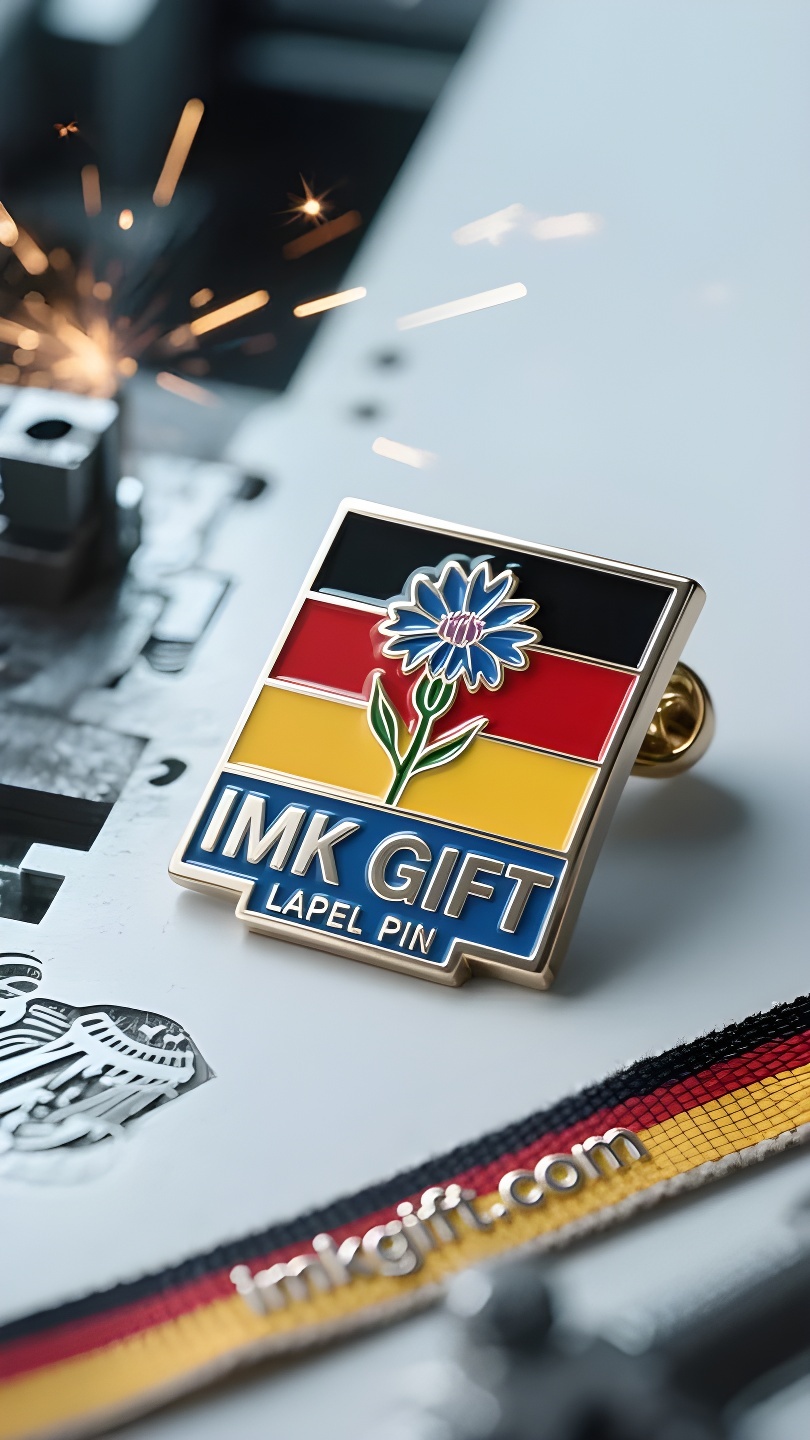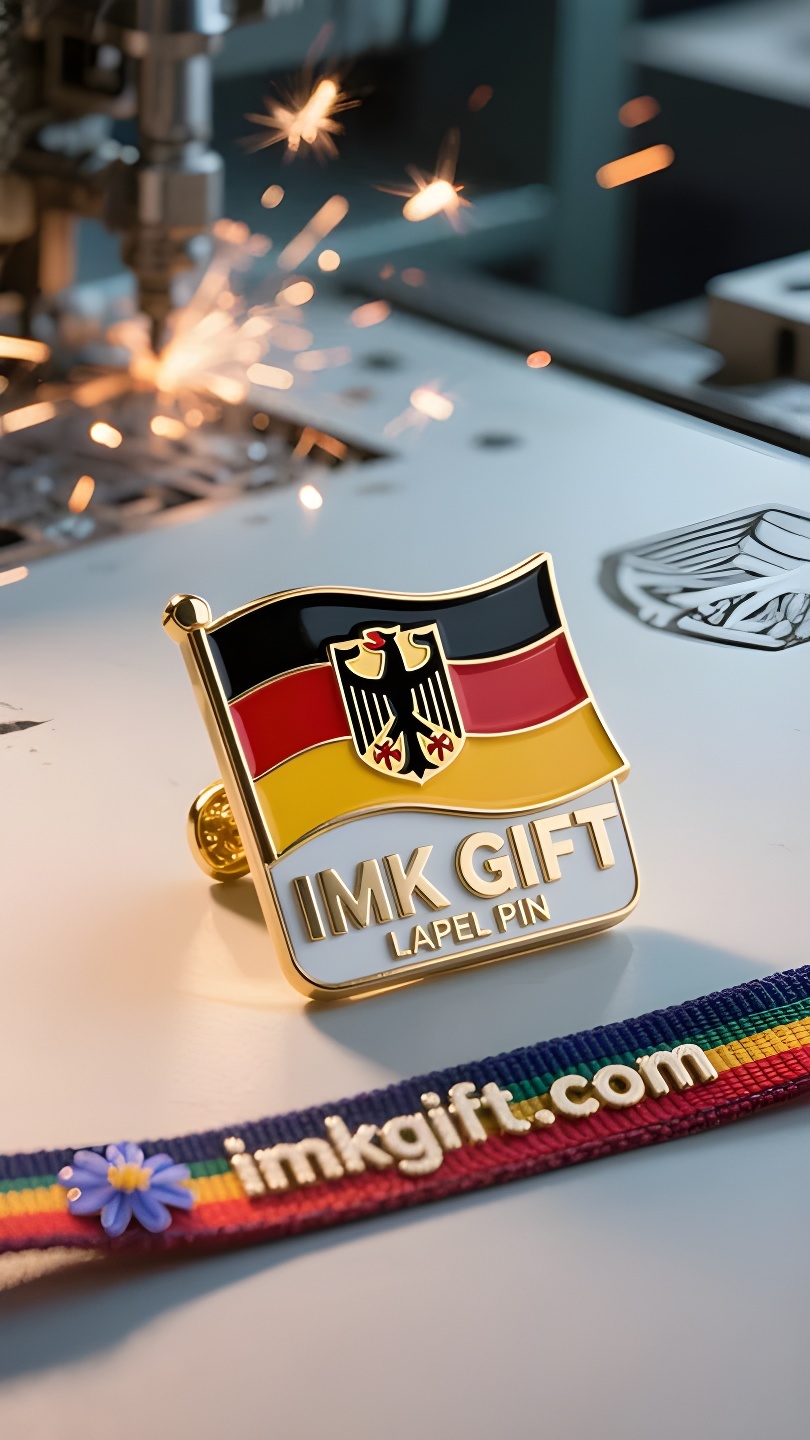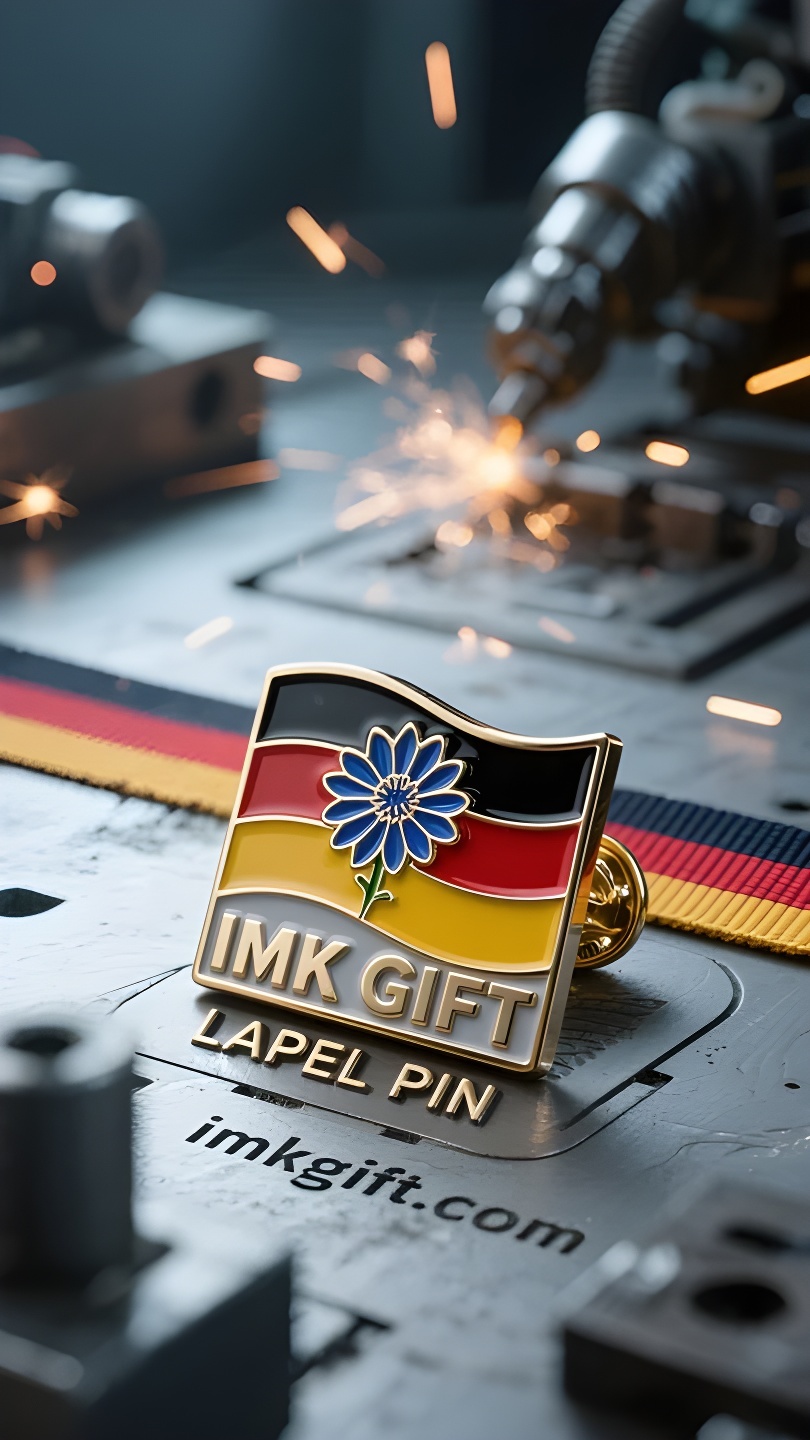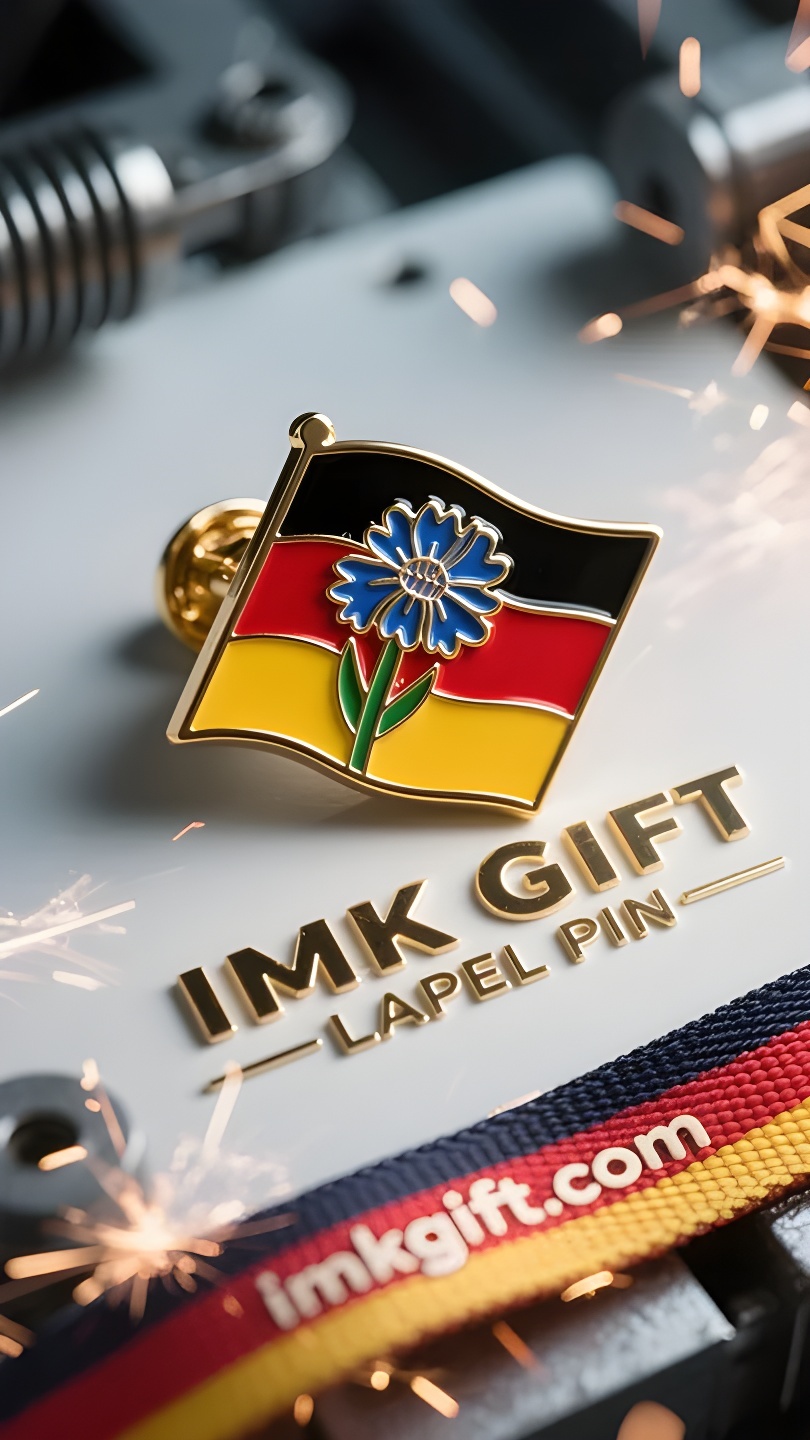in997-Kornblumen-und-die-Trikolore-die-ewige-Blüte-des-deutschen-Geistes
▼
Deutschland steht im Oktober ganz im Zeichen des Tages der Einheit. Die im Wind wehenden Falten der schwarz-rot-goldenen Trikolore enthalten den Code der Wiedergeburt dieser Nation aus der Asche. Im Jahr 1848 bestimmte das Frankfurter Parlament Kornblumenblau zur Abzeichenfarbe der Freiheitskämpfer. Wilhelm I. von Preußen heftete sogar wilde Kornblumen an seine Militäruniform und machte dieses kräftige Blau zum Totem des deutschen Geistes. Die drei Farben der Nationalflagge sind ein Versprechen, das Zeit und Raum überdauert: Die schwarze Erde trägt die Last der germanischen Nation, die rote Flamme brennt für die Leidenschaft für das Streben nach Freiheit und das goldene Licht steht für Vernunft und Hoffnung. Genau wie die Kornblumensträuße, die die Menschen nach dem Fall der Berliner Mauer in den Händen hielten, verbergen sich unter den scheinbar zerbrechlichen blauen Blütenblättern Wurzeln, die tief im gefrorenen Boden vergraben sind. Diese Wildblume, die noch immer stolz im kargen Boden blüht, ist genau wie die Deutschen, die nach dem Krieg ihre Häuser auf den Ruinen wieder aufbauten und mit einer bescheidenen Haltung ihre stählerne Widerstandsfähigkeit zum Ausdruck brachten. In Deutschland ziert das Emblem der Kornblume auch heute noch Polizeiabzeichen und -medaillen. Es erinnert die Menschen daran, dass wahre Stärke nicht in der Schärfe liegt, sondern in der Vitalität, die dem Frost standhält. So wie die dreifarbige Flagge vor dem Gebäude der Europäischen Union weht, ergänzt das Gold stets das Blau der Kornblumen – ersteres ist ein Denkmal der von der Vernunft geschaffenen Zivilisation und letzteres die ewige Vitalität, die von der Erde genährt wird. Diese Kombination aus Stärke und Flexibilität ist genau die Überlebensphilosophie, die Deutschland der Welt präsentiert hat: Es besitzt die Weisheit, in der Not seine Eleganz zu bewahren wie eine Kornblume, und den Mut, angesichts des Wandels an seinen ursprünglichen Zielen festzuhalten wie die Trikolore.
Germany in October is immersed in the glory of the Unification Day. The folds of the black, red and gold tricolor flag that stretch in the wind hide the code of this nation’s rebirth from the ashes. In 1848, the Frankfurt Parliament designated cornflower blue as the badge color of the freedom fighters. William I of Prussia even pinned cornflowers from the wild on his military uniform, making this tough blue the totem of the German spirit. The three colors of the national flag are a vow that transcends time and space: the black earth carries the heaviness of the Germanic nation, the red flame burns the passion for freedom, and the golden light indicates reason and hope. Just like the bouquets of cornflowers held by the people when the Berlin Wall fell, under the seemingly weak blue petals are roots deeply rooted in the frozen soil – this wild flower that still blooms proudly in the barren soil is just like the German people who rebuilt their homes on the ruins after the war, interpreting the steel-like toughness with a humble attitude. In today’s Germany, the cornflower badge still shines on police badges and medals. It reminds people that true strength lies not in the sharp edge of publicity, but in the vitality that never withers. Just like when the tricolor flag flutters in front of the European Union building, the golden color always complements the blue of the cornflower – the former is a monument of civilization forged by reason, and the latter is the eternal vitality nurtured by the earth. This character of both hardness and softness is exactly the survival philosophy that Germany has given to the world: it has the wisdom of maintaining elegance in adversity like the cornflower, and the courage of sticking to the original intention in the face of change like the tricolor flag.
十月的德国沉浸在统一日的荣光里,黑红金三色旗随风舒展的褶皱中,藏着这个民族浴火重生的密码。1848年法兰克福议会将矢车菊蓝定为自由斗士的徽章颜色,普鲁士的威廉一世更将野地里的矢车菊别上军装,让这抹坚韧的蓝从此成为德意志精神的图腾。
国旗的三重色彩是穿越时空的誓言:黑色大地承载着日耳曼民族的厚重,红色火焰燃烧着追求自由的炽热,金色光芒昭示着理性与希望。正如柏林墙倒塌时民众手持的矢车菊花束,看似柔弱的蓝色花瓣下,是深深扎入冻土的根系——这种在贫瘠土壤中依然昂首绽放的野花,恰似战后废墟上重建家园的德意志人民,用谦逊姿态诠释着钢铁般的韧性。
如今的德国,矢车菊徽章依然在警徽与勋章上闪耀。它提醒着人们:真正的力量不在于张扬的锋芒,而在于经霜不凋的生命力。就像三色旗在欧盟大厦前飘扬时,那抹金色总与矢车菊的湛蓝交相辉映——前者是理性铸就的文明丰碑,后者是大地孕育的永恒生机。这种刚柔并济的品格,恰是德意志献给世界的生存哲学:既有矢车菊般在逆境中保持优雅的智慧,又有三色旗般在变革中坚守初心的勇气。
▼
Contact Us
📞 Tel: +0086-760-85286839
📧 Email: sales3@imkgift.com








